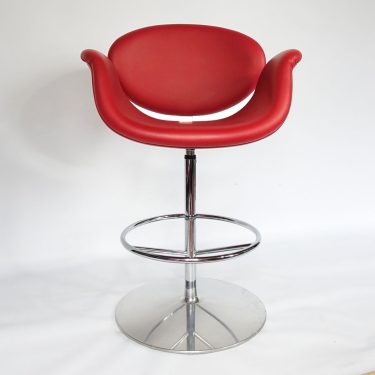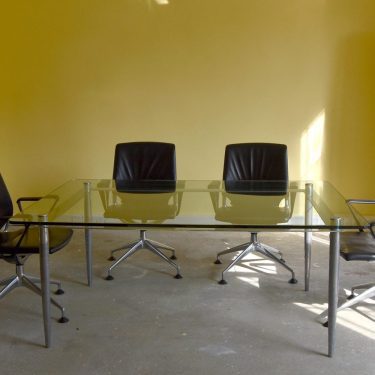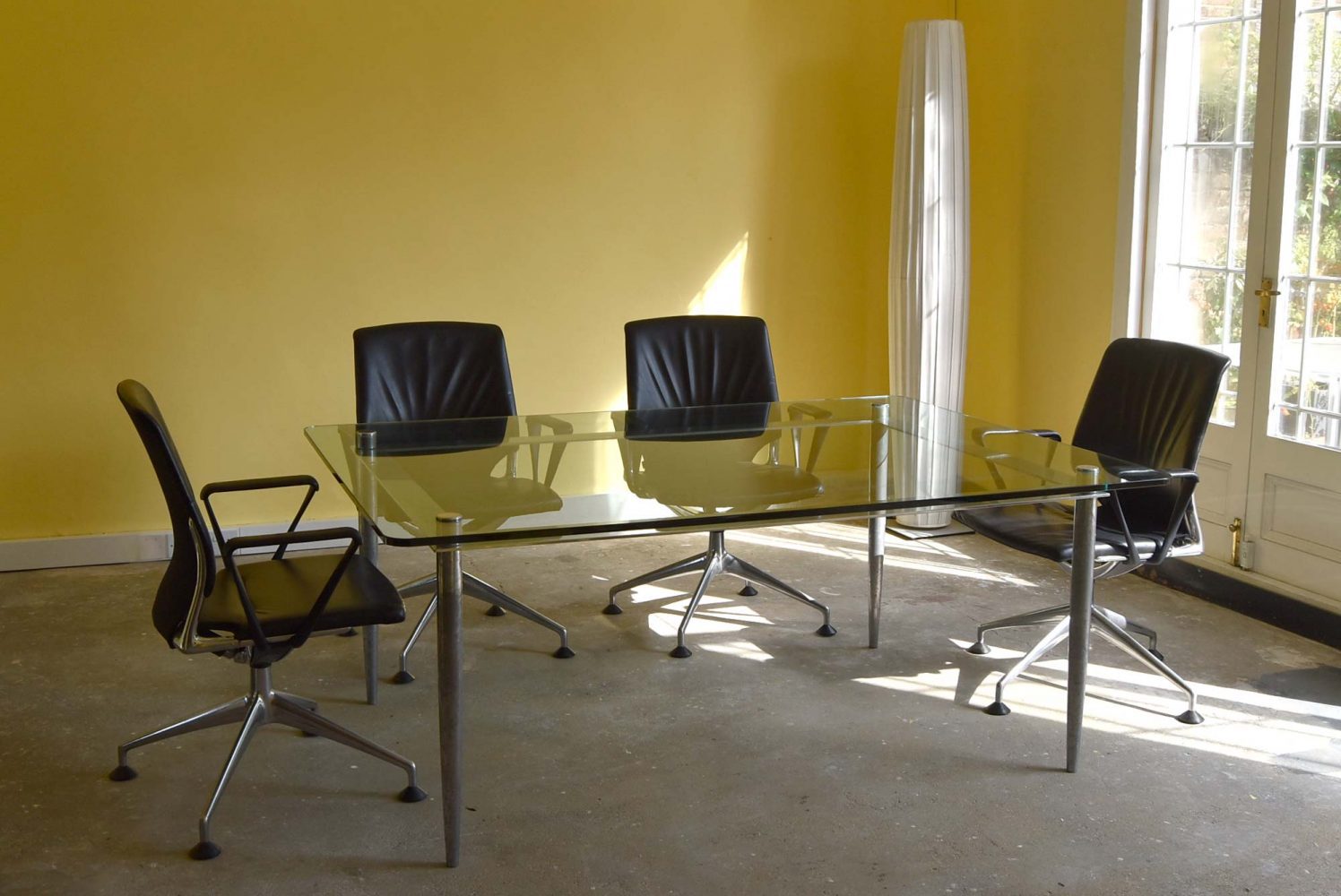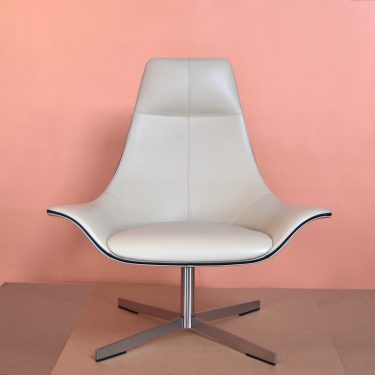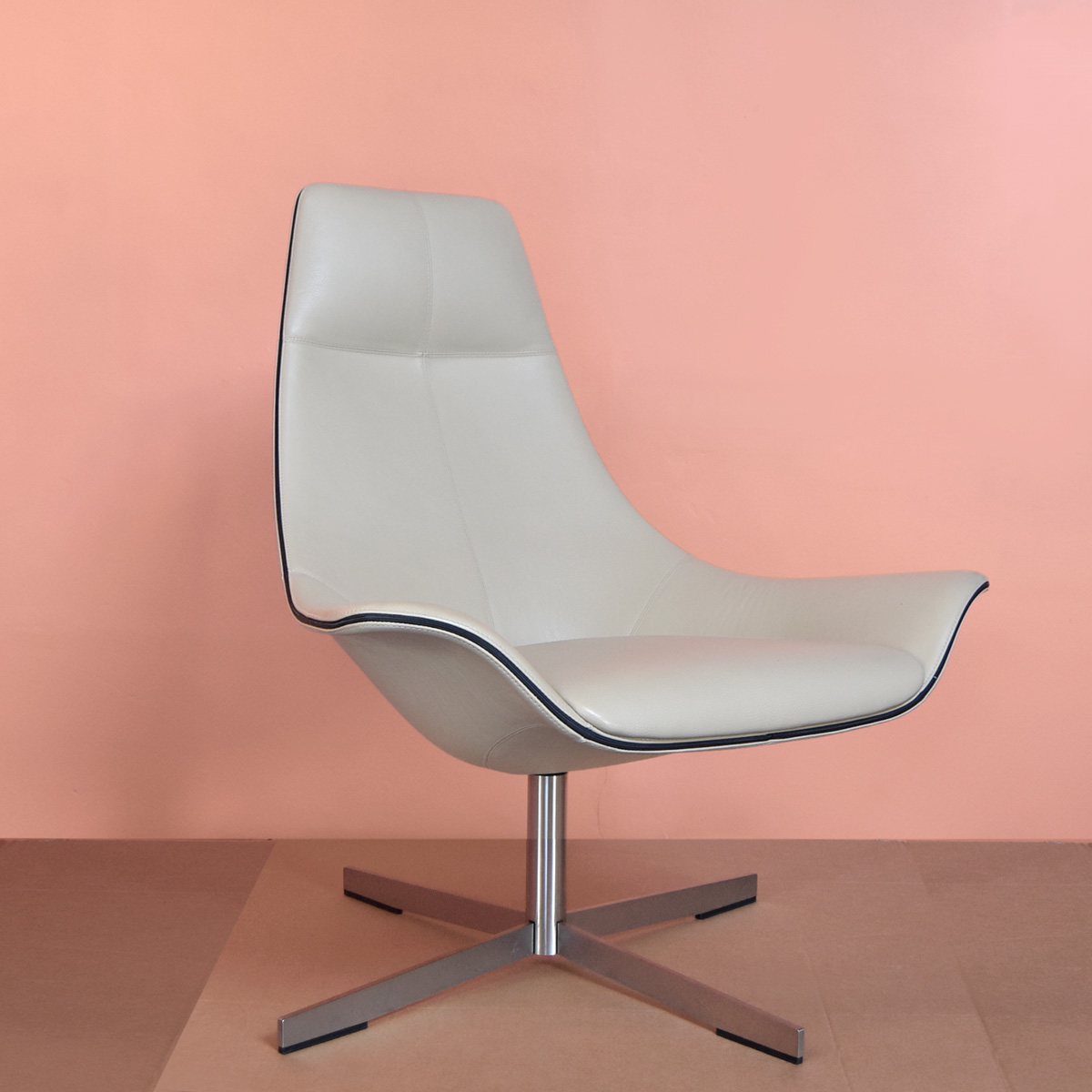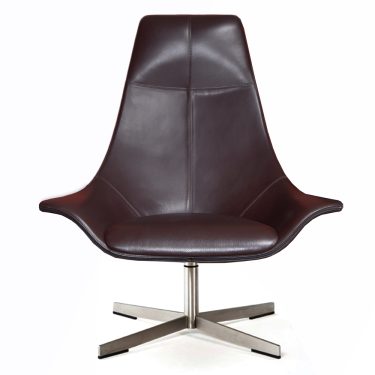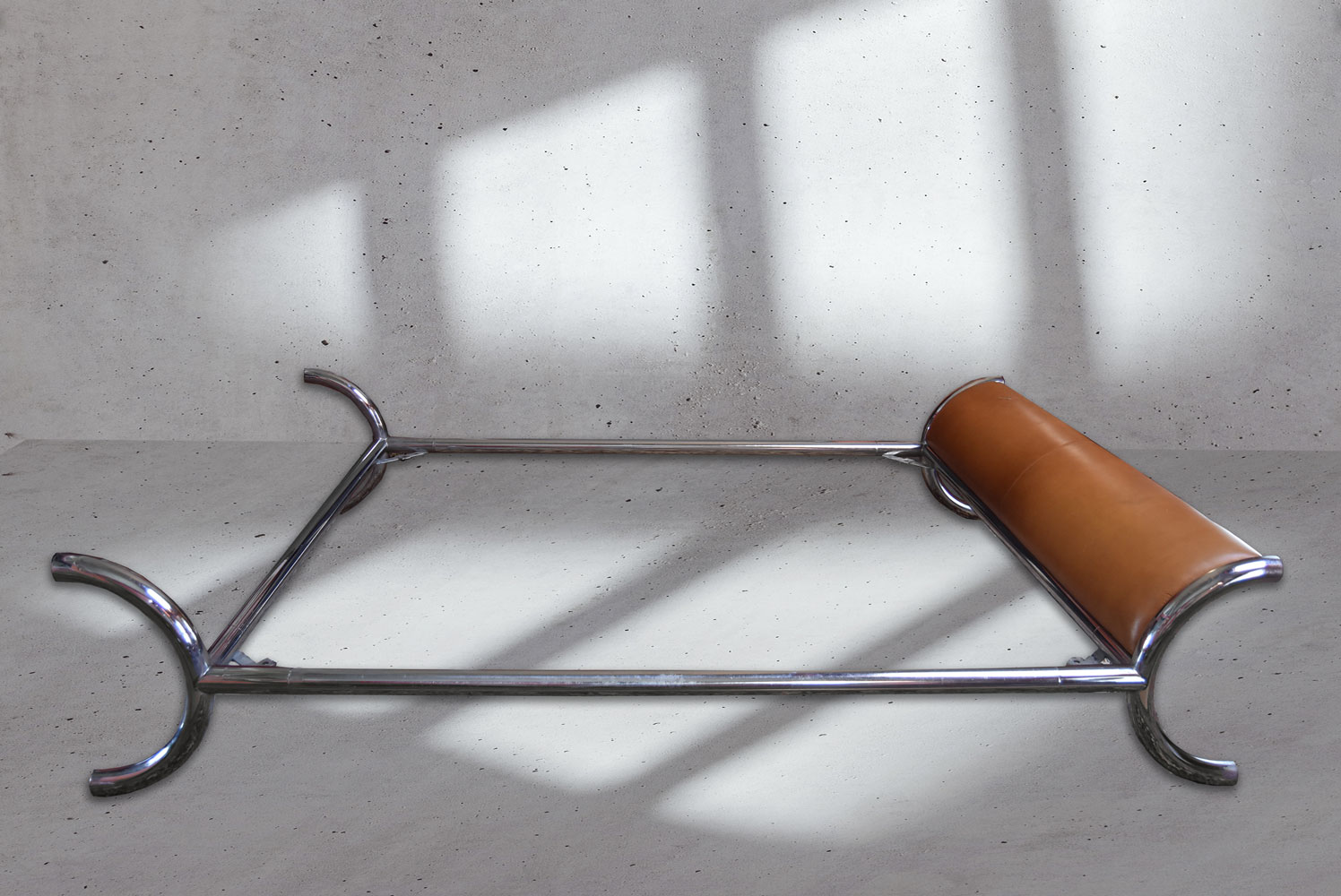
Embracing Timeless Sophistication: The Enduring Allure of Mid-Century Modern Furniture Trends.
With a distinct blend of sleek lines, minimalist aesthetics, and functional design, mid-century modern furniture continues to captivate interior design aficionados, maintaining its status as a timeless trendsetter. Originating in the mid-20th century, this design movement transformed the landscape of furniture, influencing generations and leaving an indelible mark on the world of interior décor.
Evolution of Mid-Century Modern Furniture:
Emerging post-World War II, mid-century modernism reflected a departure from the ornate and lavish styles of the past, instead emphasizing simplicity, clean lines, and organic forms. Furniture designers of the era, such as Charles and Ray Eames, Eero Saarinen, and Hans Wegner, introduced iconic pieces characterized by functionality and a marriage of form and function.
Key Characteristics:
- Clean Lines: Straightforward and uncluttered lines define the furniture’s silhouette, presenting a timeless and understated elegance.
- Functionality: Mid-century modern furniture champions usability without compromising on style. Pieces often serve dual purposes or integrate storage solutions seamlessly into their design.
- Organic Elements: Inspired by nature, designers incorporated natural materials like wood, leather, and metal, creating a harmonious connection between the indoors and outdoors.
- Iconic Designs: Timeless classics like the Eames Lounge Chair, Noguchi Coffee Table, and Barcelona Chair remain popular and coveted pieces, showcasing the enduring appeal of mid-century modernism.
Current Trends and Adaptations:
While maintaining its core principles, mid-century modern furniture has undergone adaptations to suit contemporary tastes and lifestyles. Modern iterations often blend vintage designs with modern materials and technological advancements. Here are some prevalent trends:
- Mixing Old with New: Contemporary spaces often blend mid-century modern furniture with eclectic décor, creating a fusion of styles that exudes sophistication.
- Neutral Color Palette: The timeless appeal of neutral tones, including shades of beige, cream, and muted pastels, continues to dominate mid-century modern interiors, allowing the furniture’s design to take center stage.
- Sustainable Materials: In line with growing environmental consciousness, there’s a resurgence of interest in authentic materials and sustainable production methods, honoring the movement’s initial emphasis on craftsmanship and quality.
- Curved Lines and Geometric Shapes: A modern twist on the classic straight lines, the incorporation of curved edges and geometric shapes adds dynamism and depth to contemporary mid-century designs.
Influence on Contemporary Spaces:
Mid-century modern furniture transcends generational gaps and interior design preferences. Its versatility allows seamless integration into various settings, from urban apartments to suburban homes and even commercial spaces. The enduring popularity of this style lies in its ability to complement diverse aesthetics and adapt to evolving design sensibilities.
Conclusion:
As we navigate through design trends that come and go, mid-century modern furniture stands tall as a perennial favorite. Its enduring allure, characterized by a perfect blend of form, function, and timeless elegance, continues to captivate design enthusiasts worldwide. Embracing the simplicity and sophistication of mid-century modernism infuses spaces with a touch of nostalgia while maintaining an ever-relevant contemporary edge. As this trend persists, its legacy remains as strong and influential as ever.

